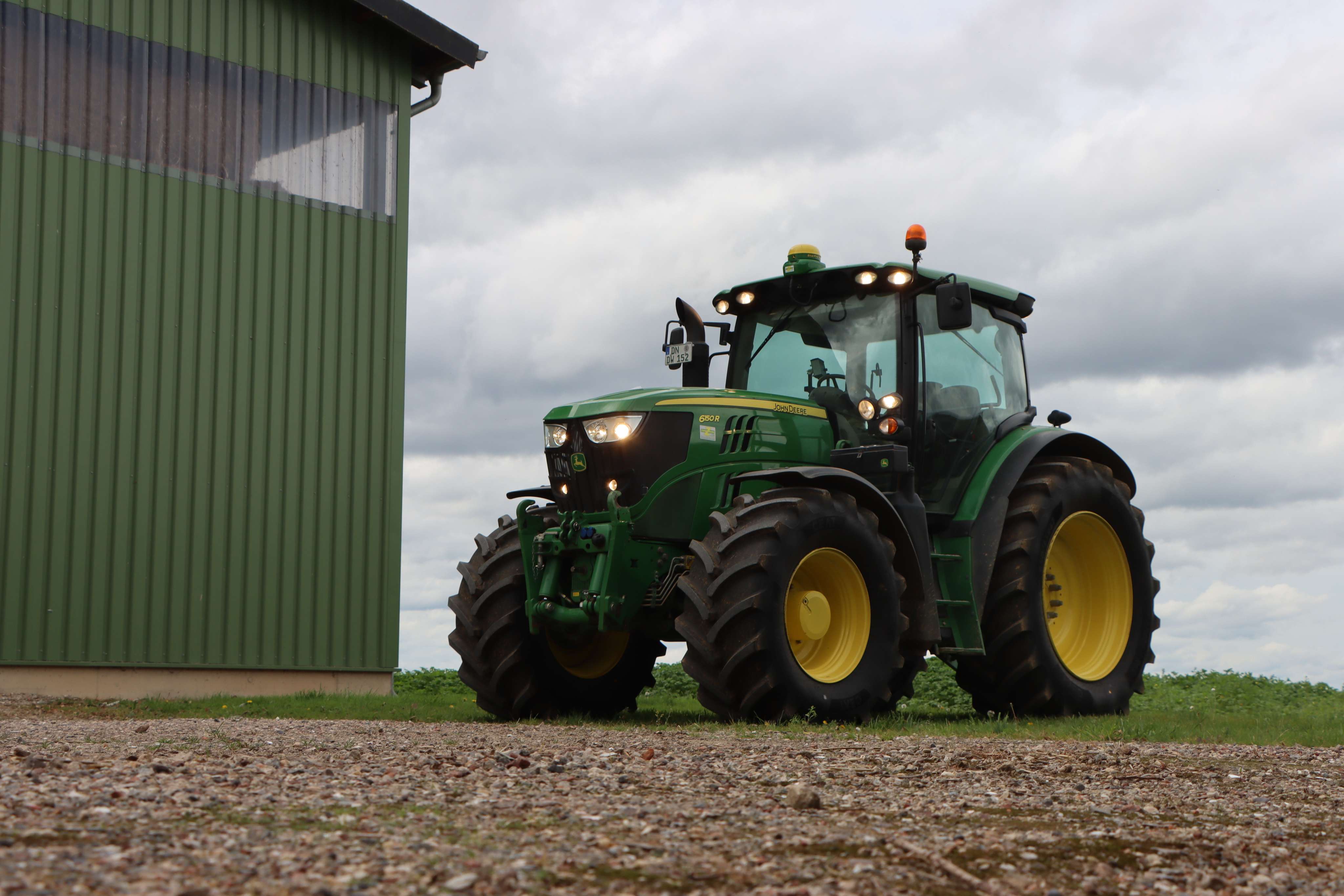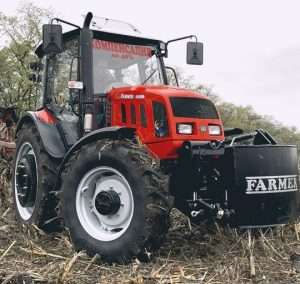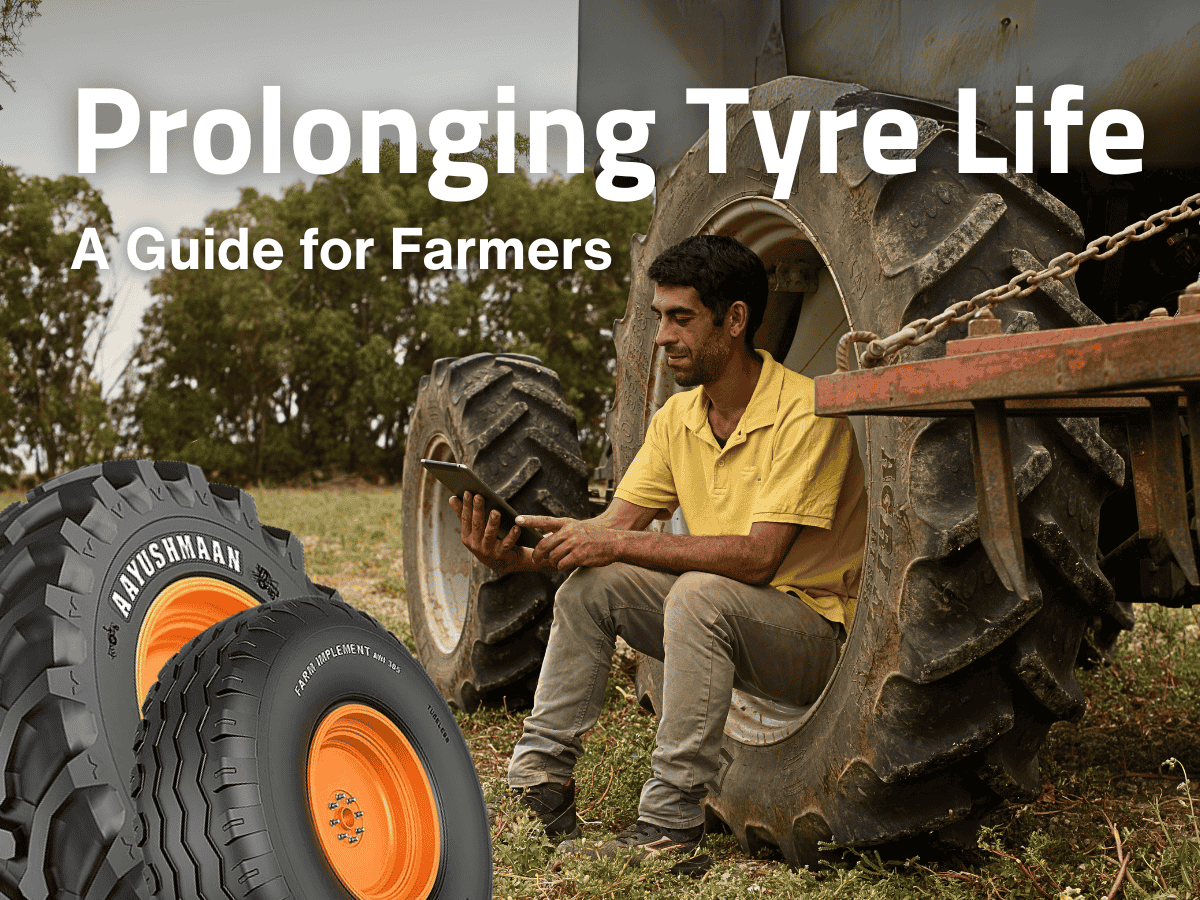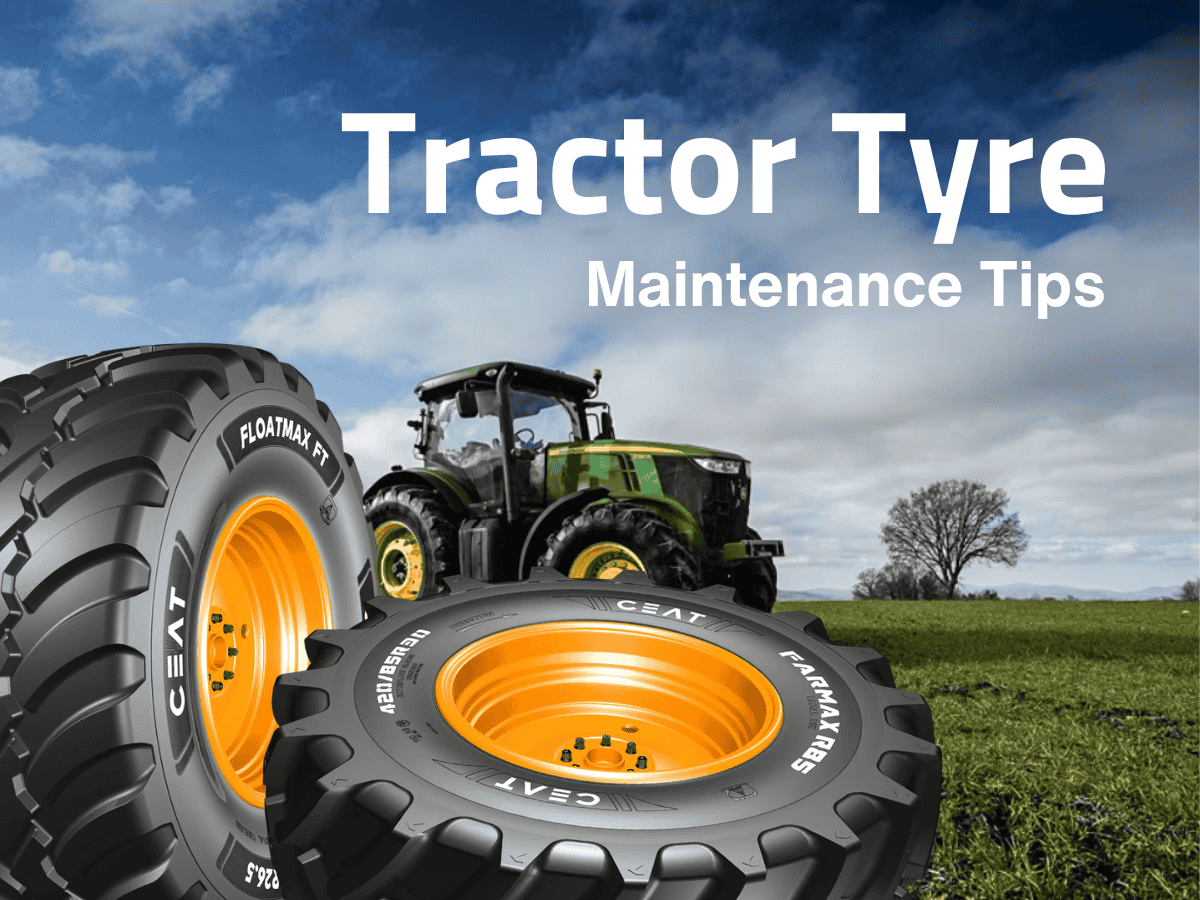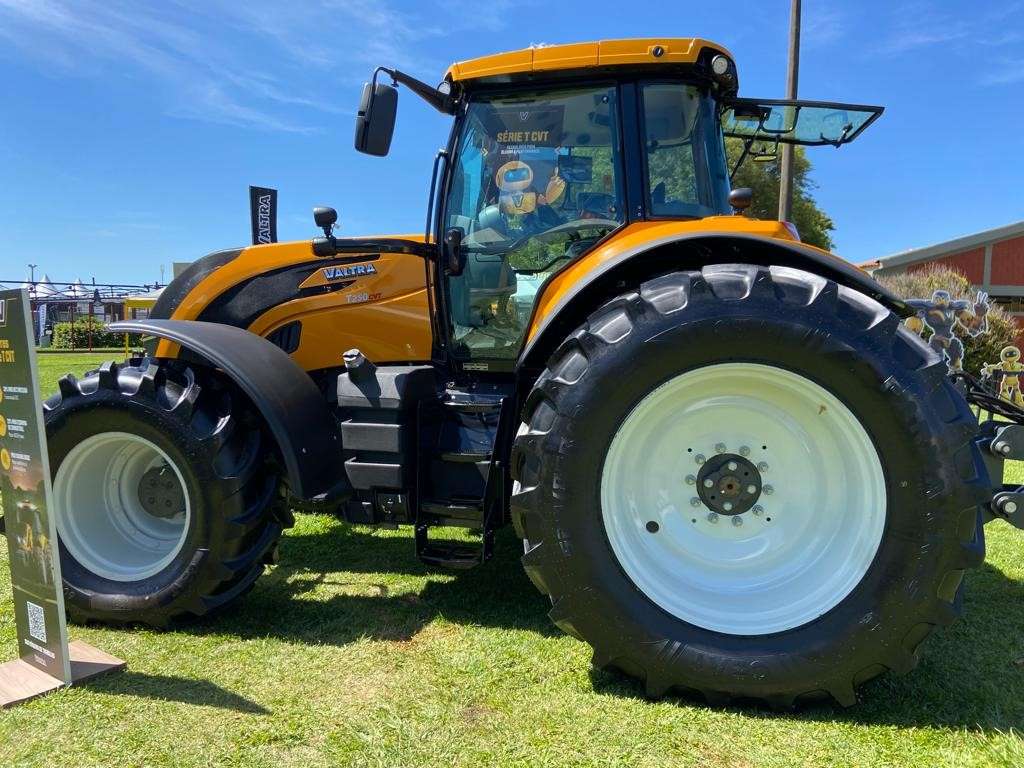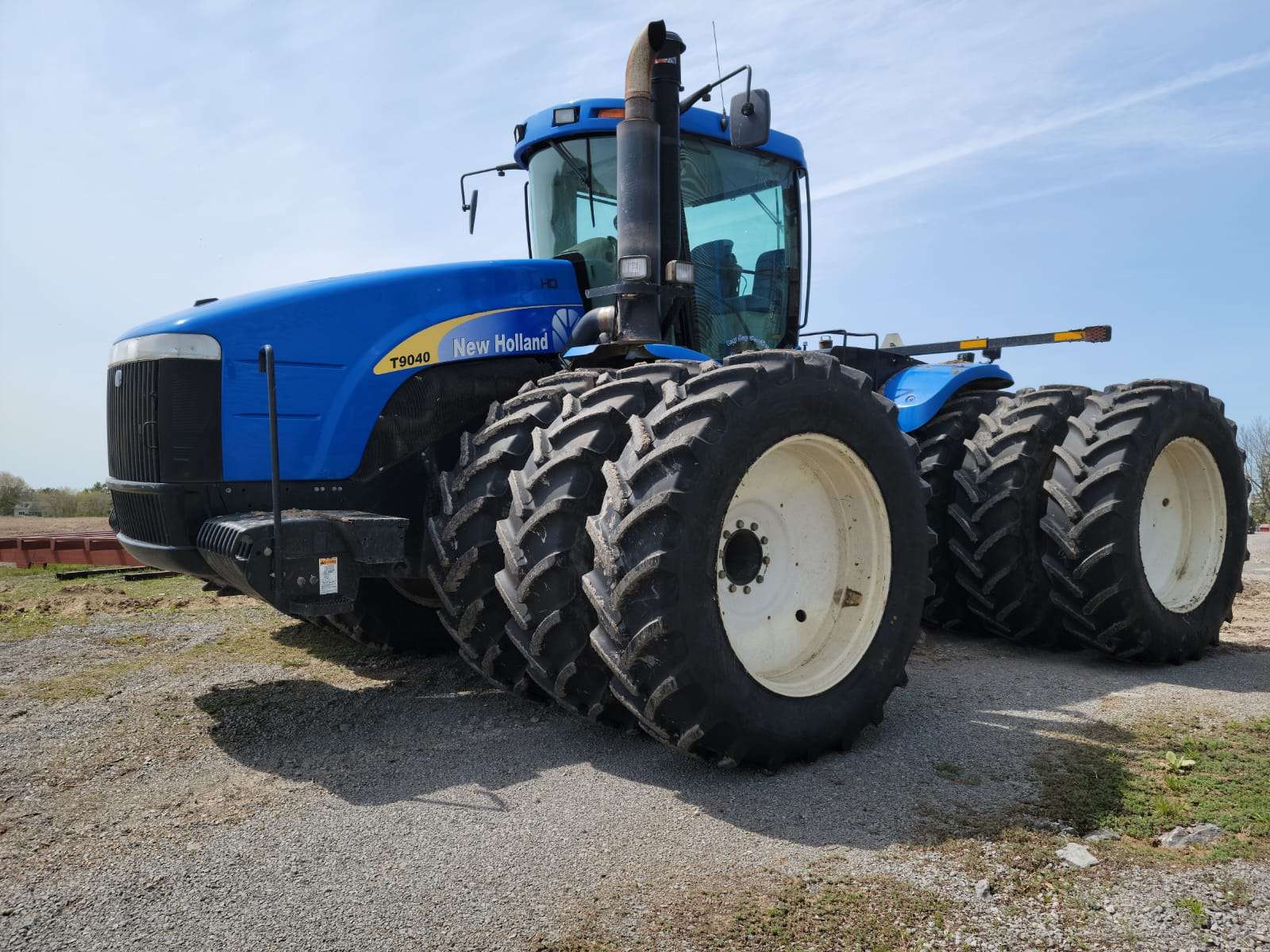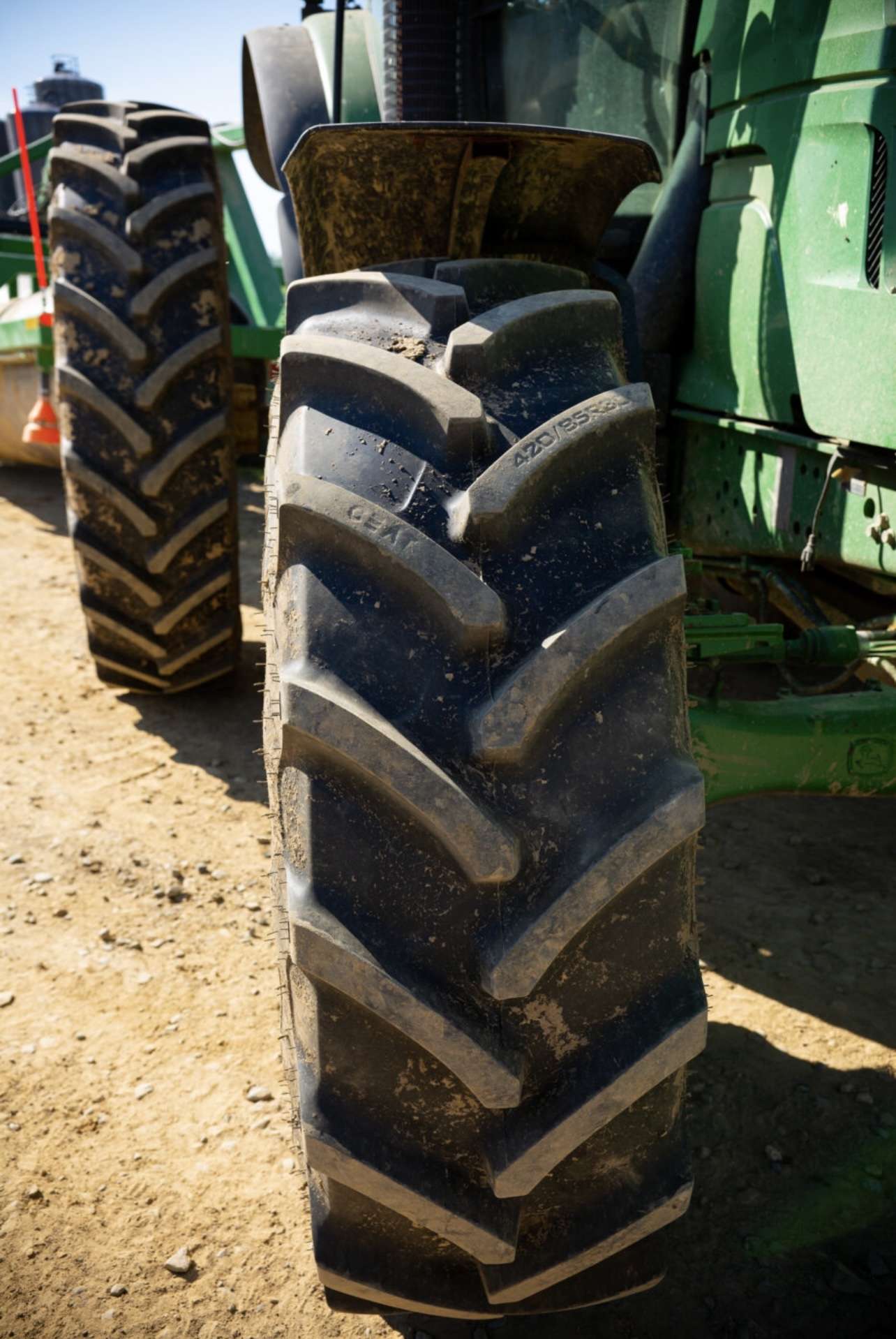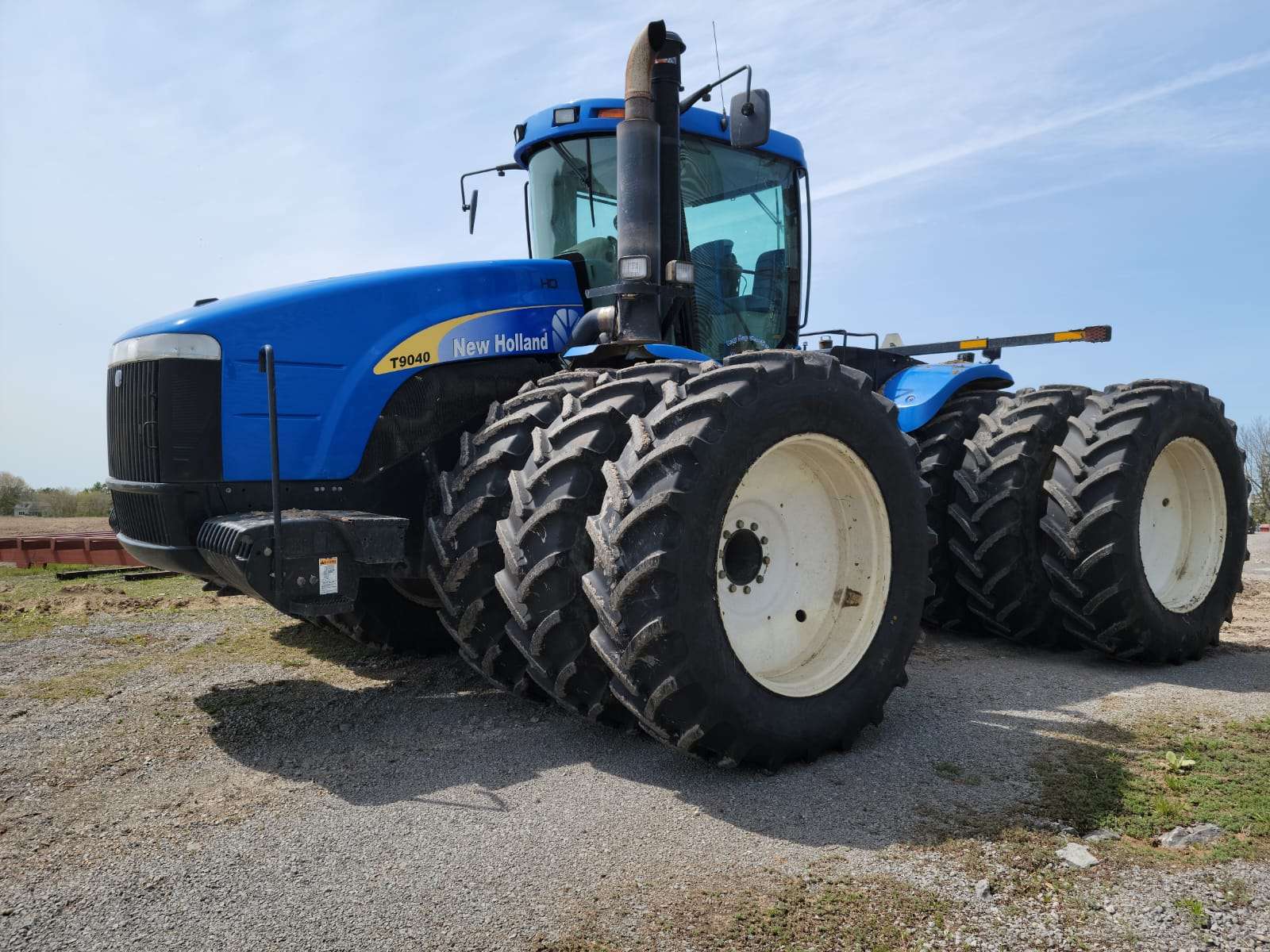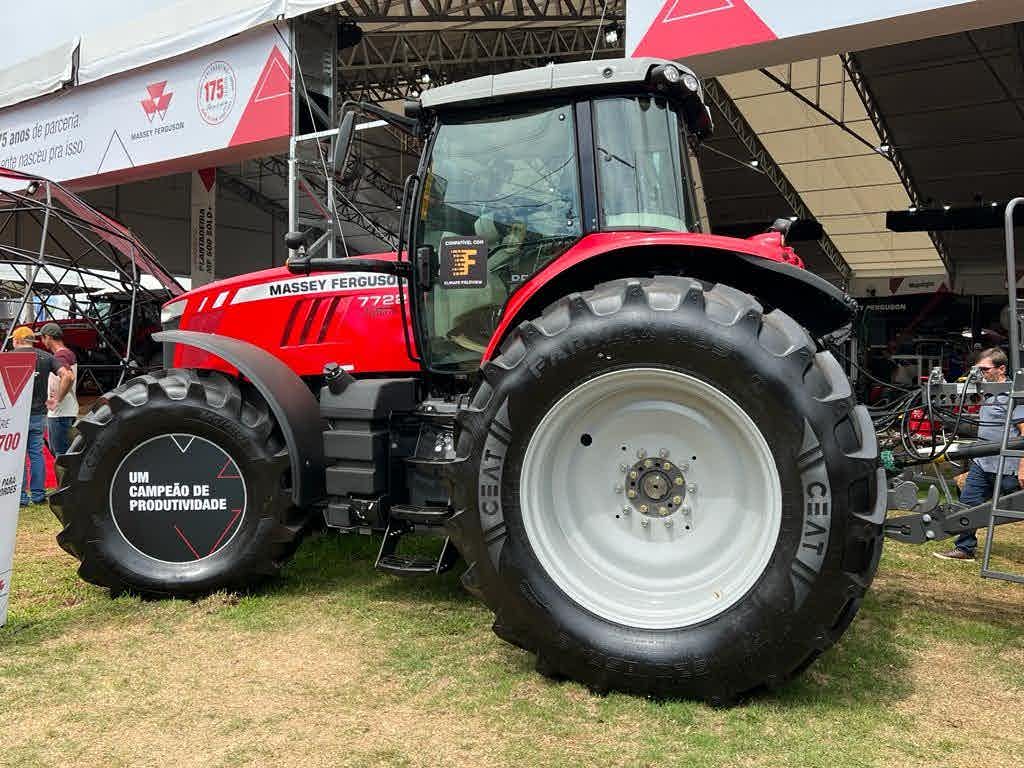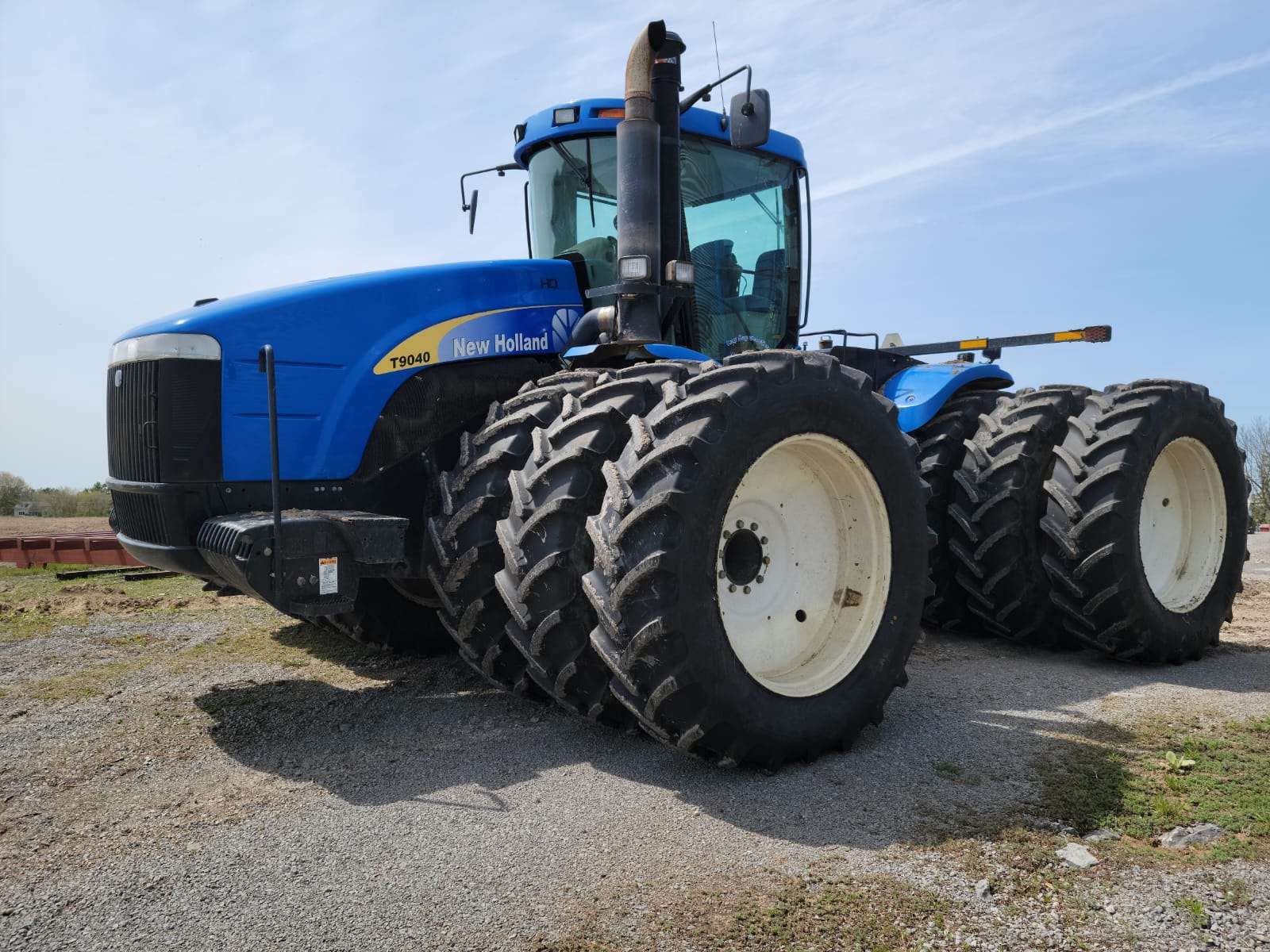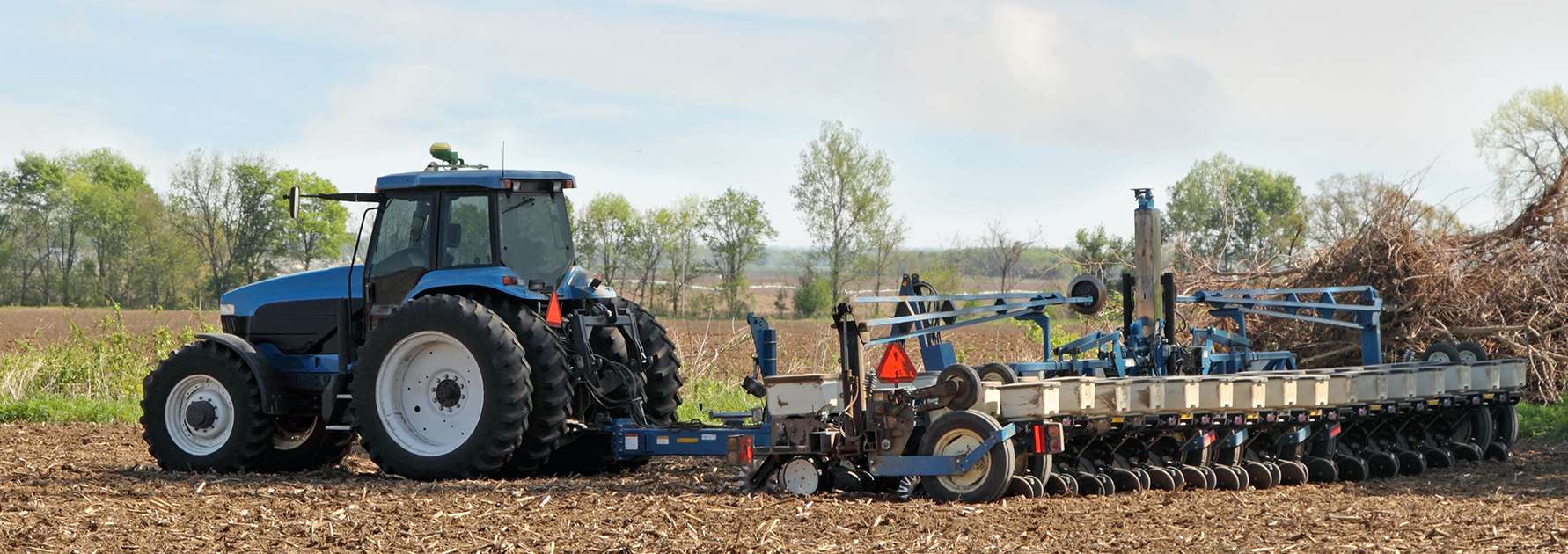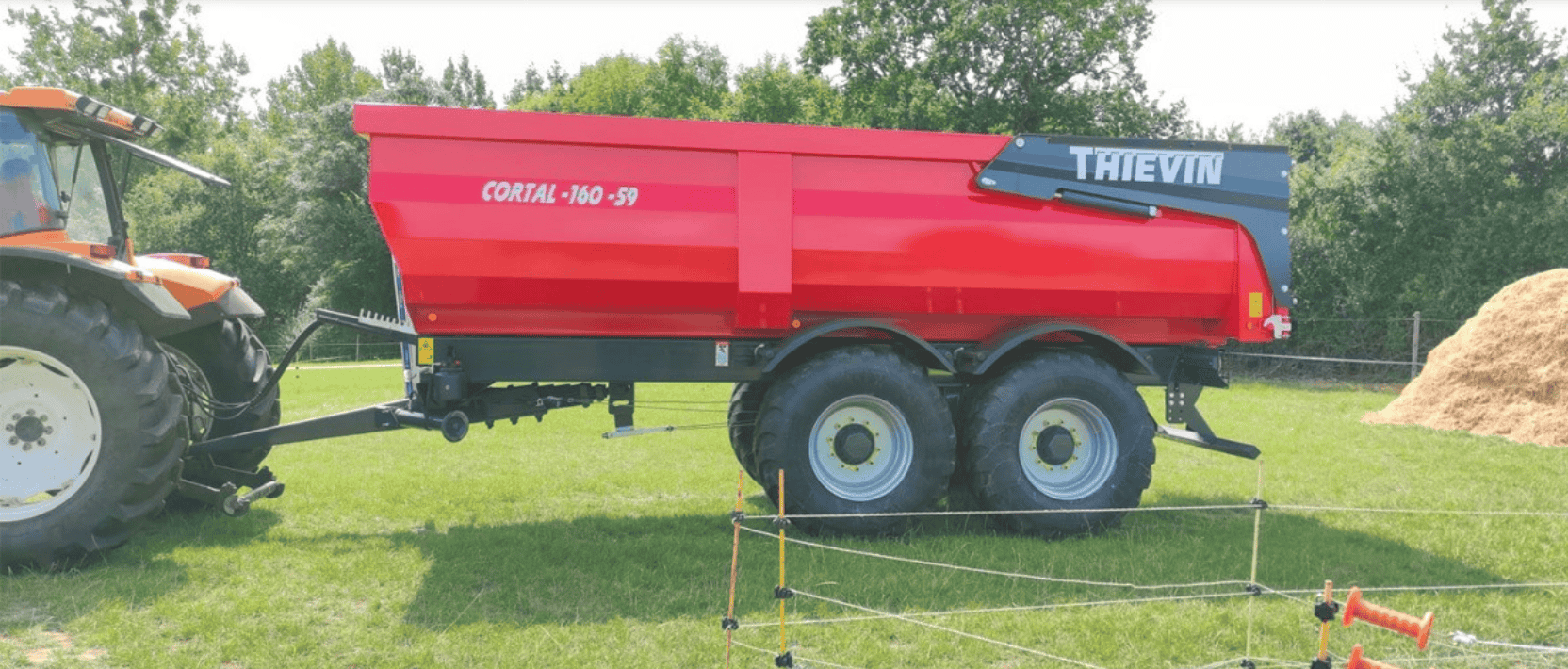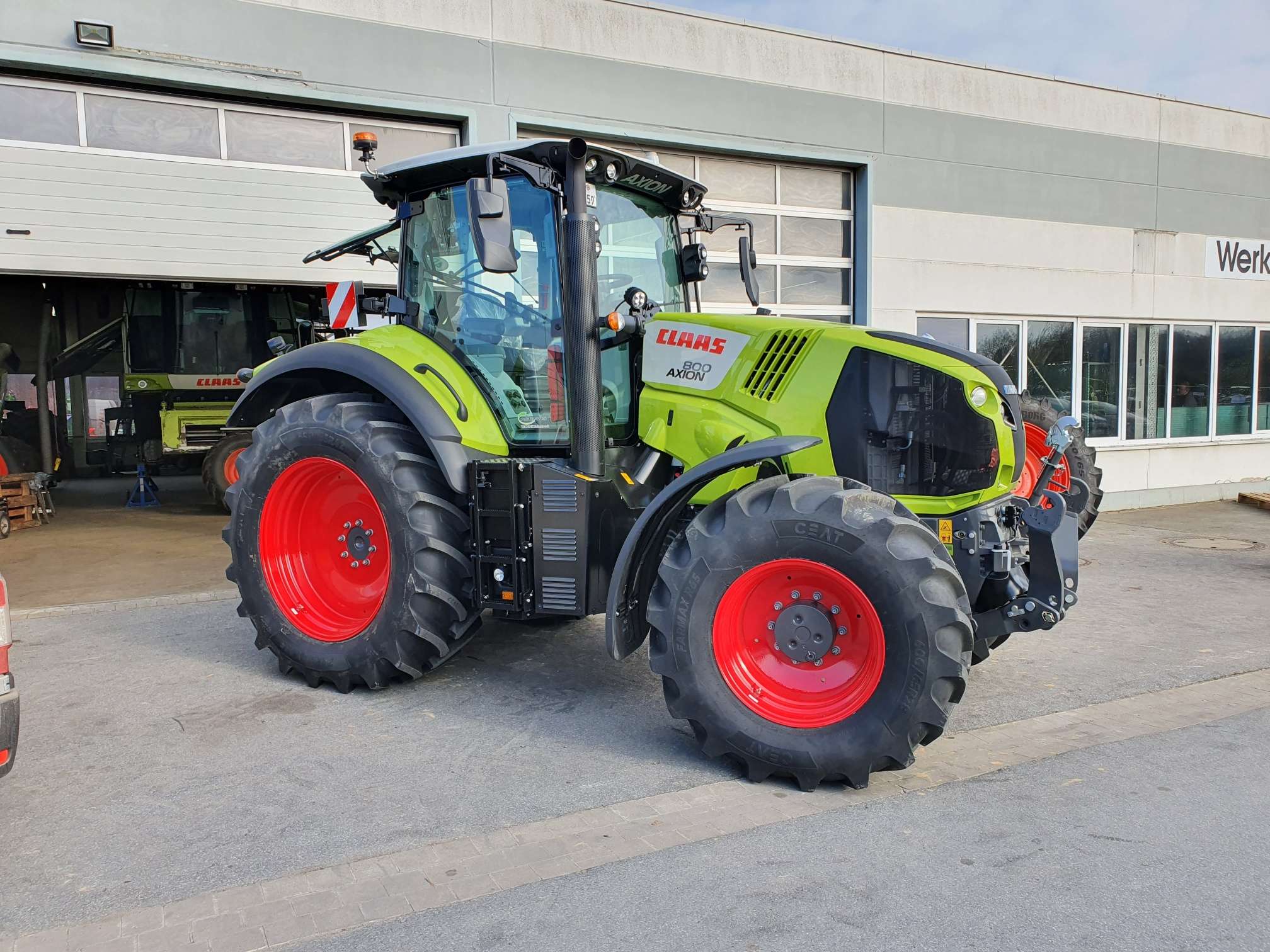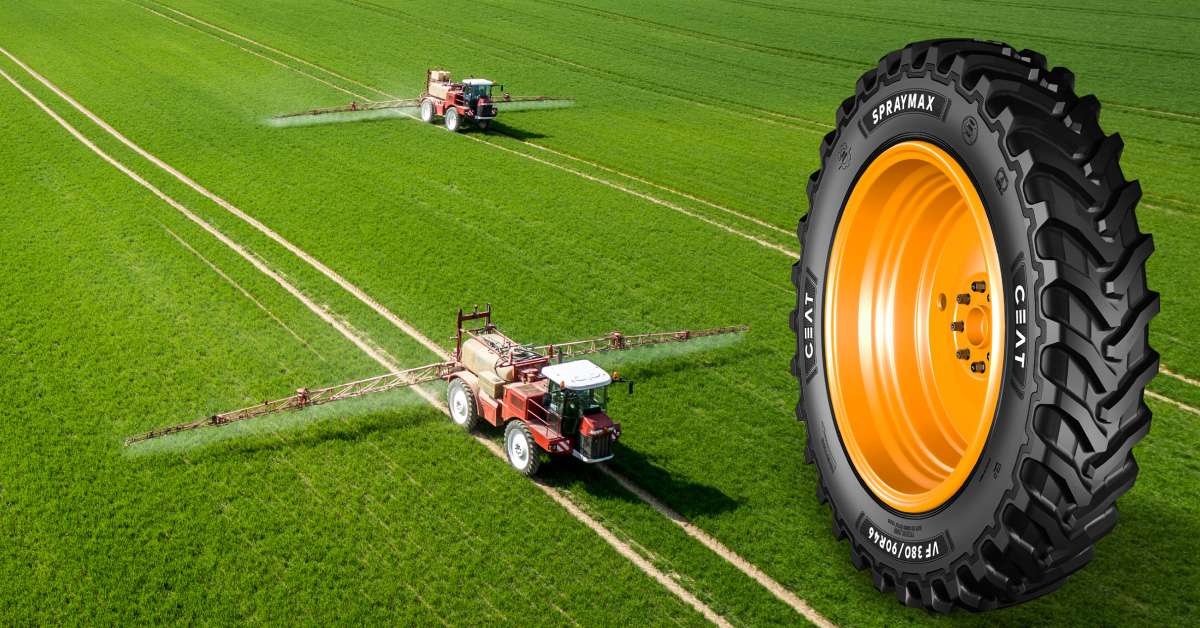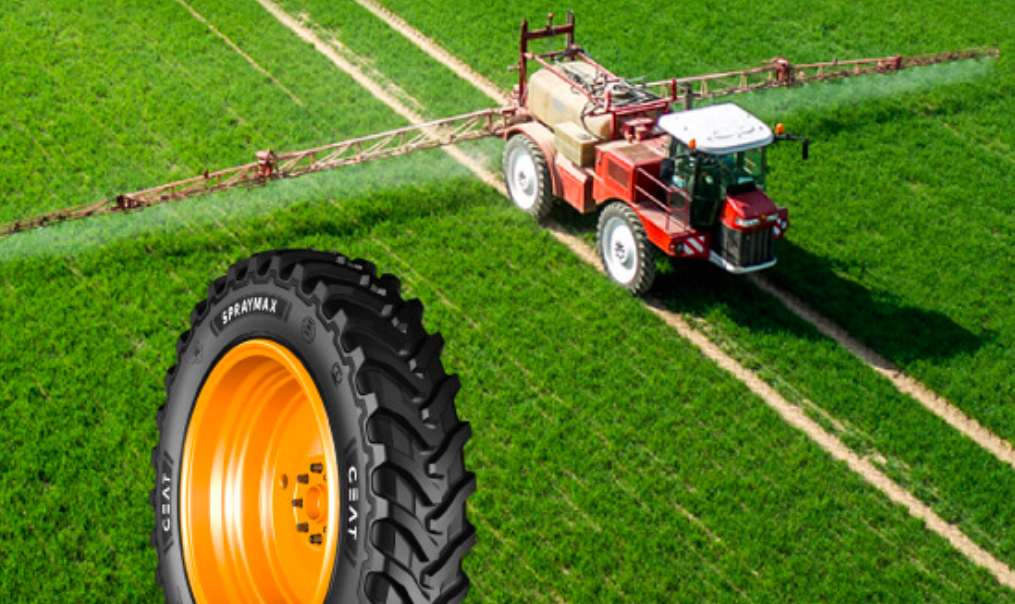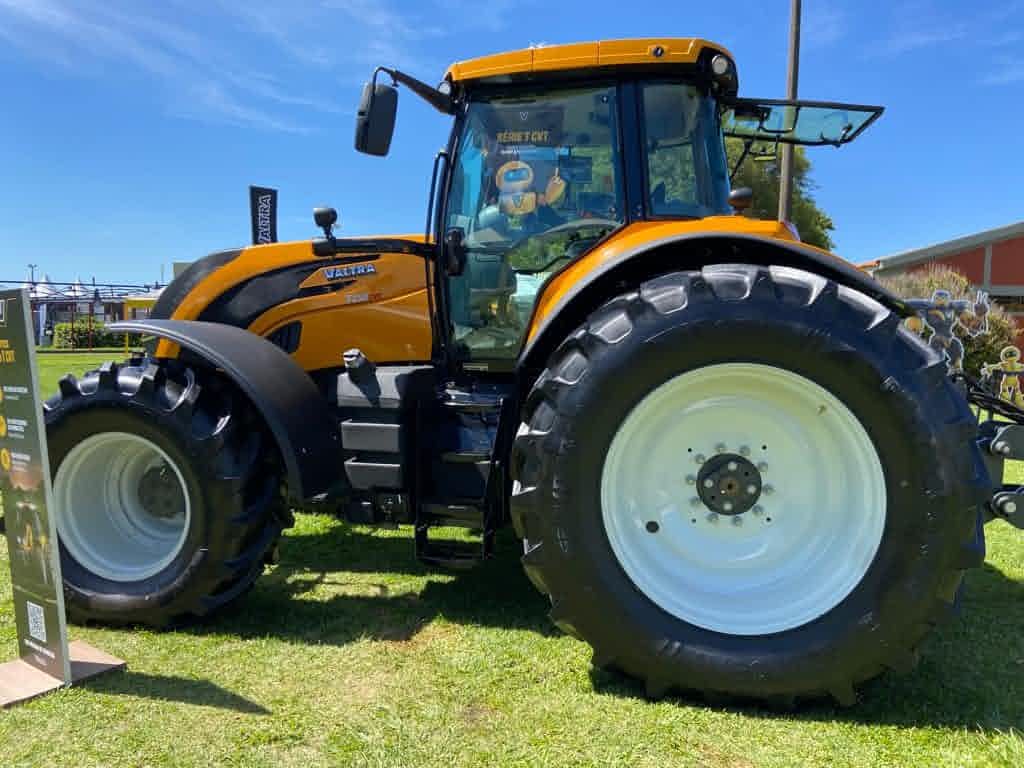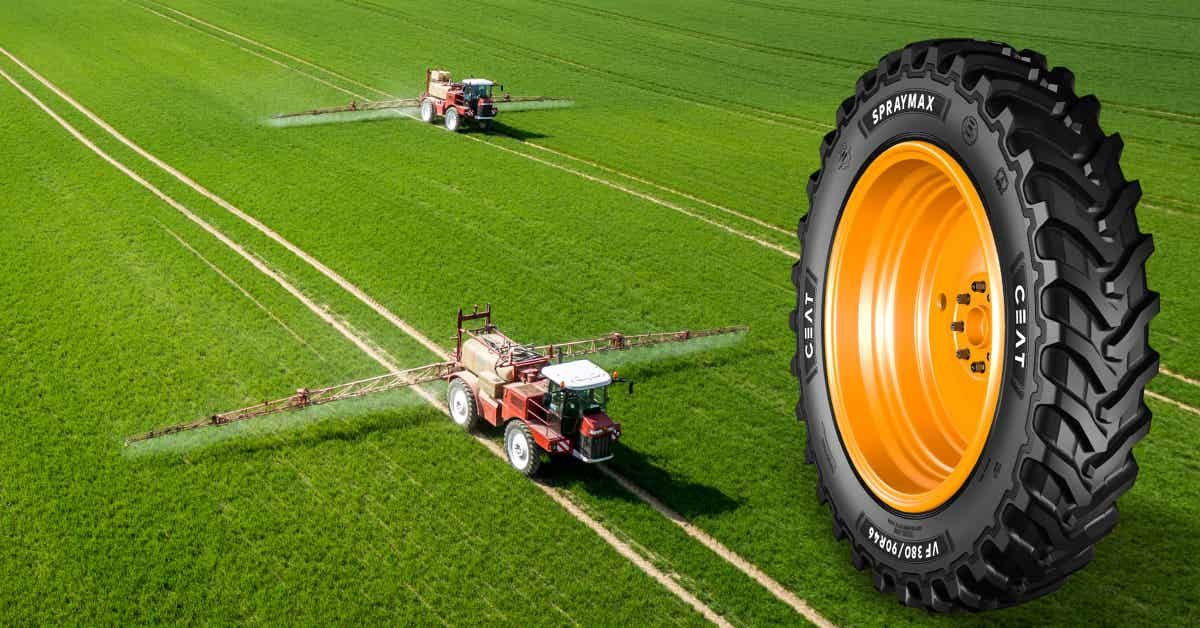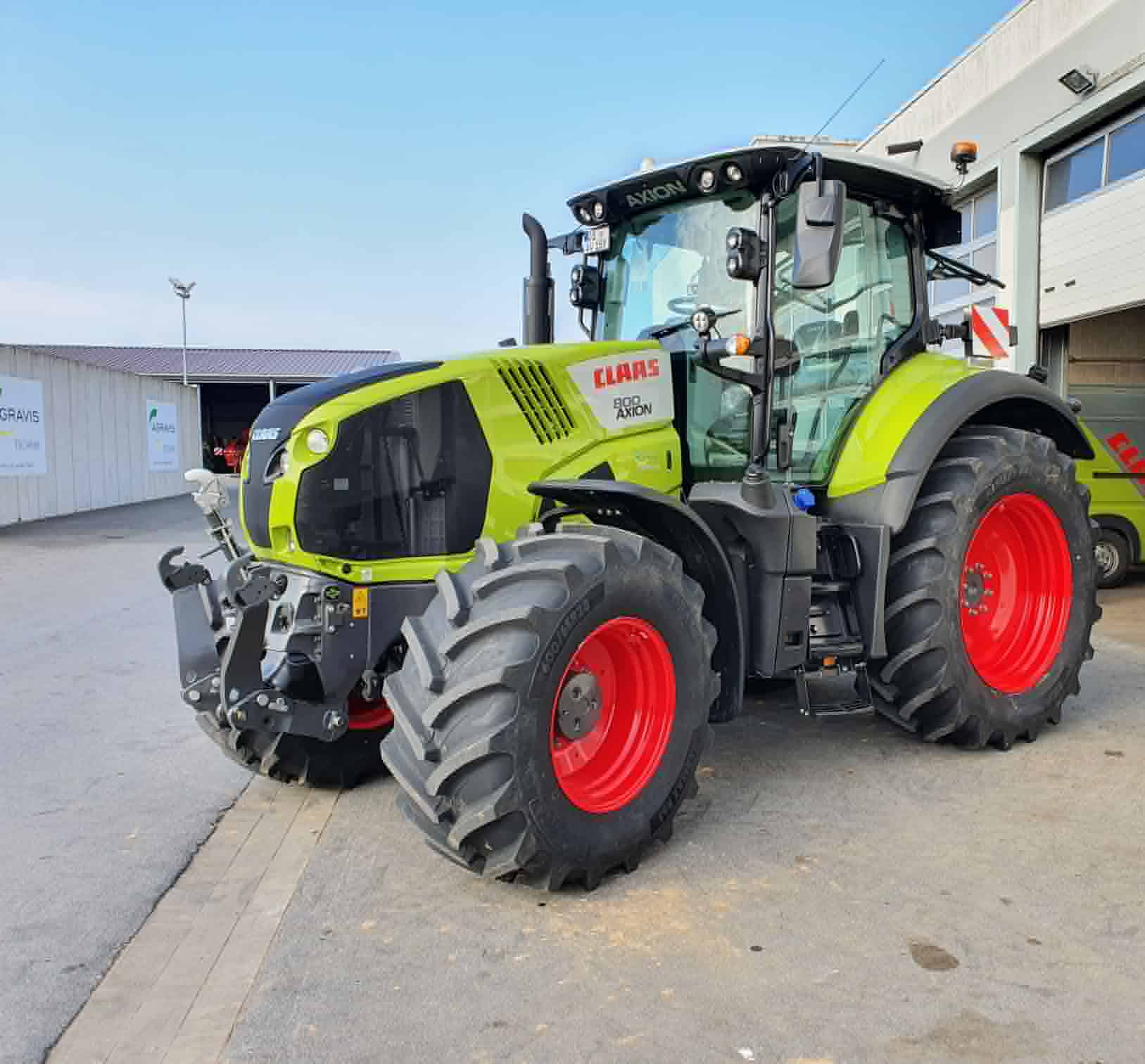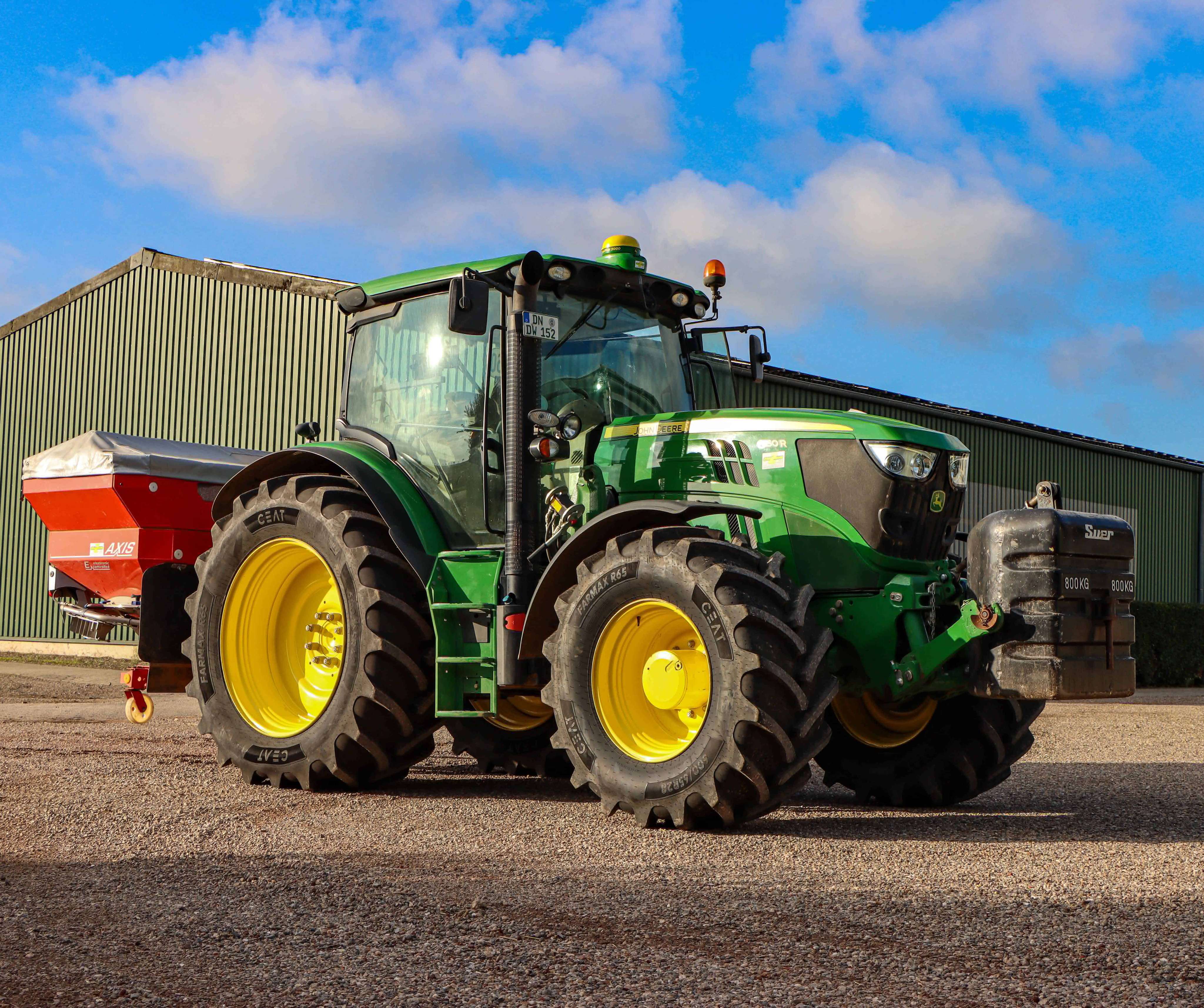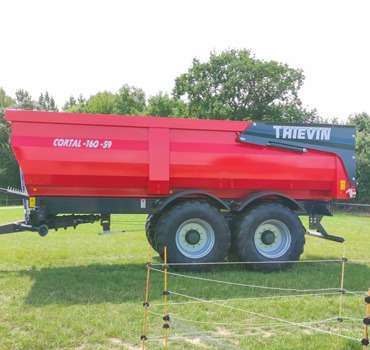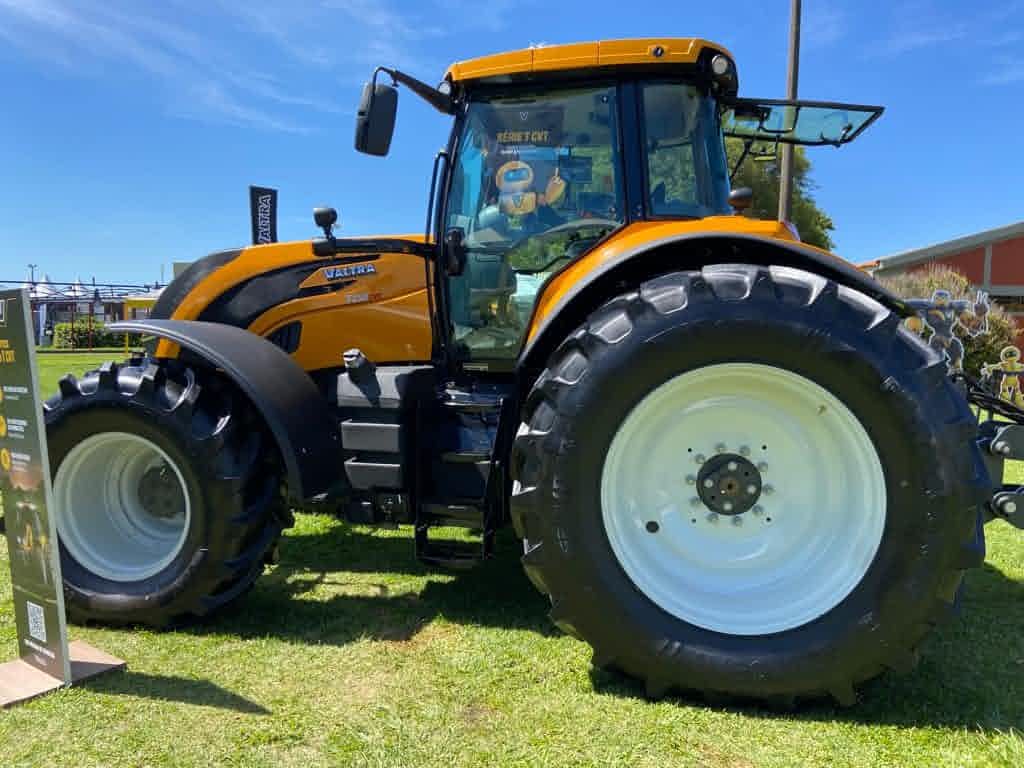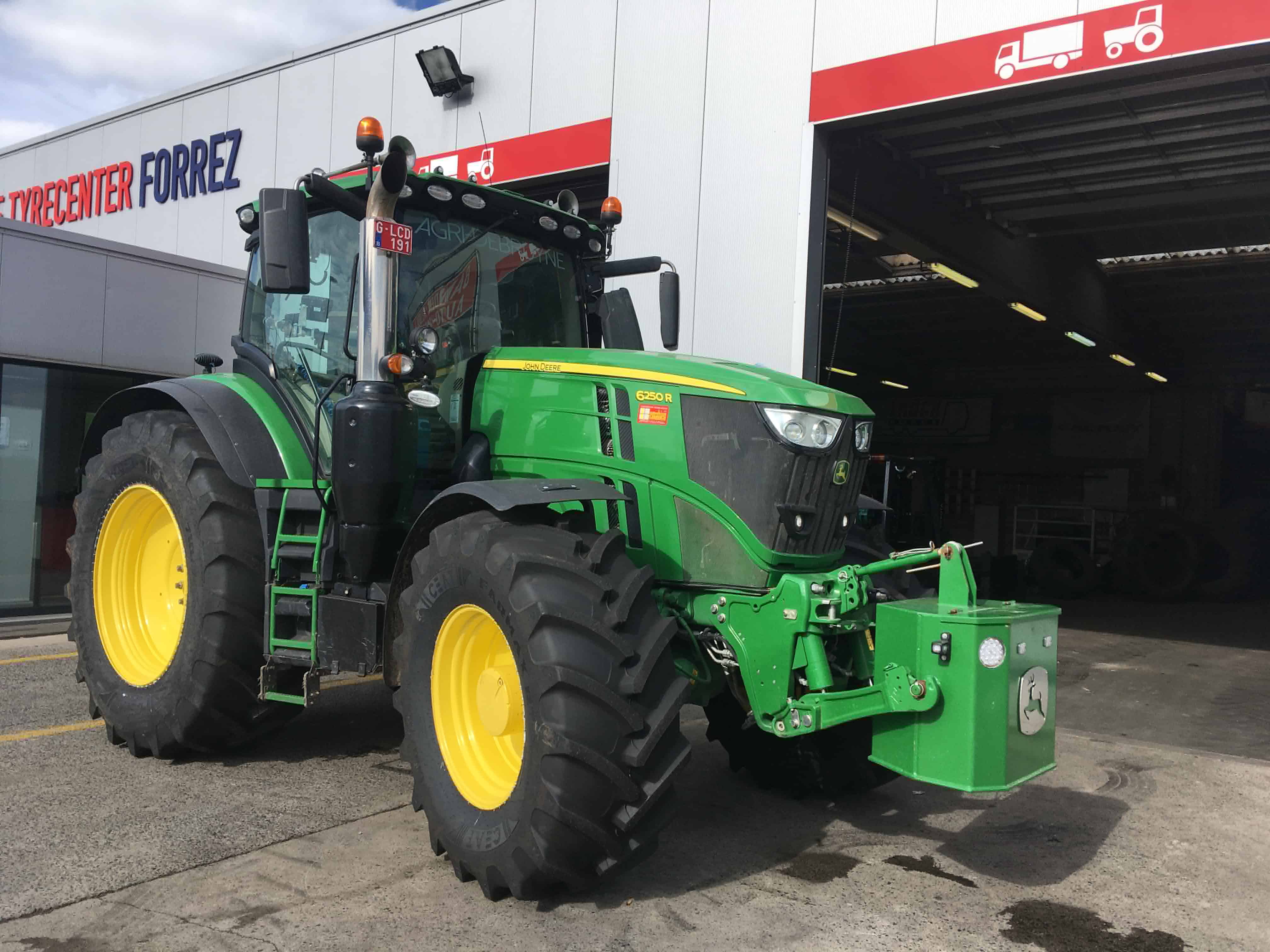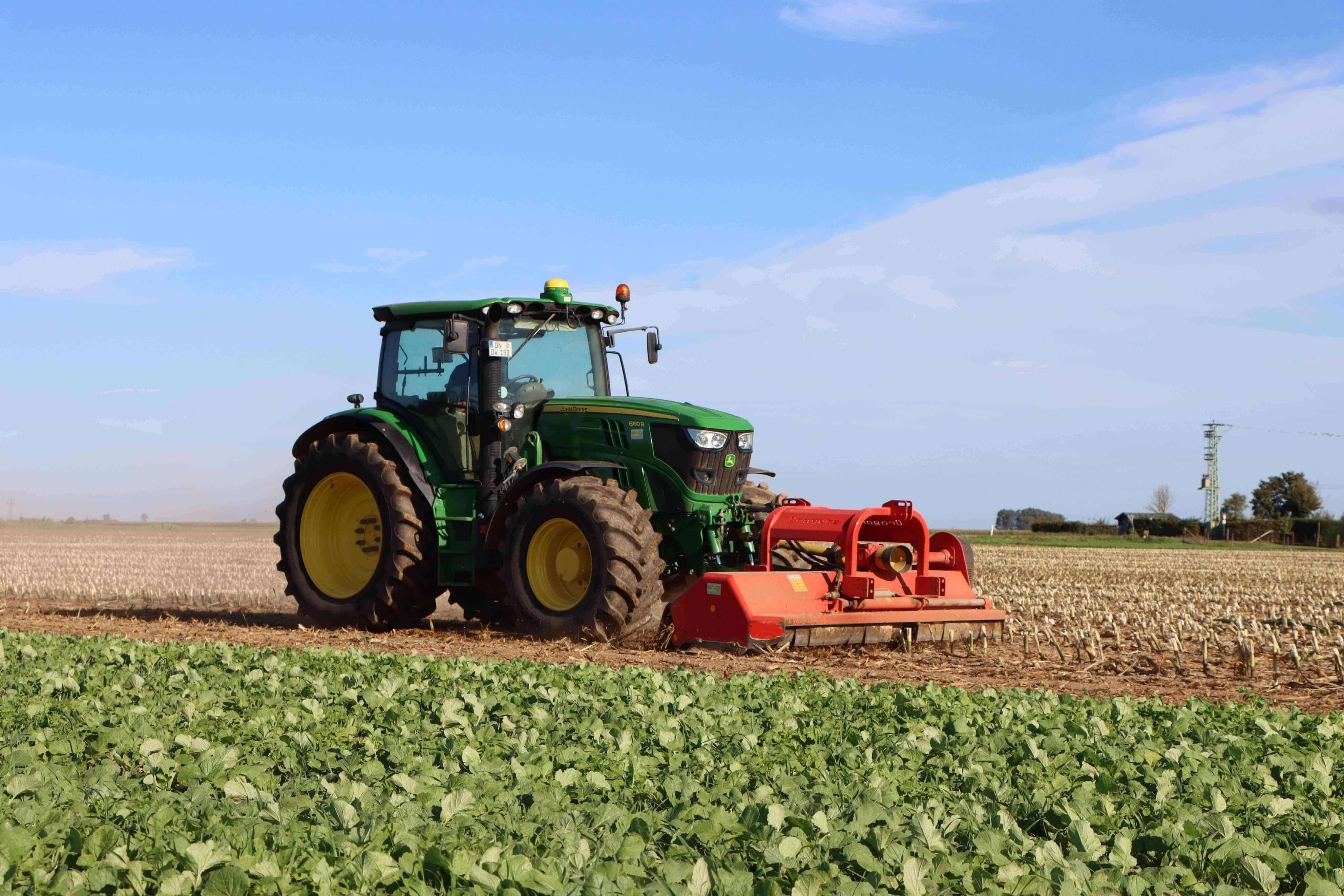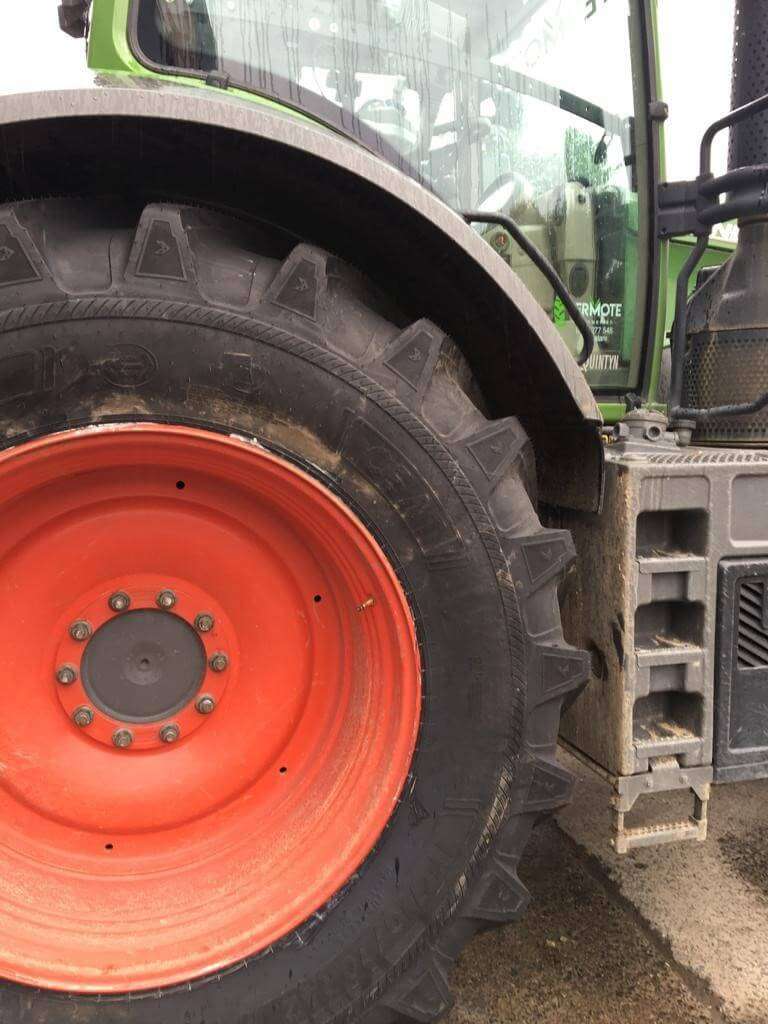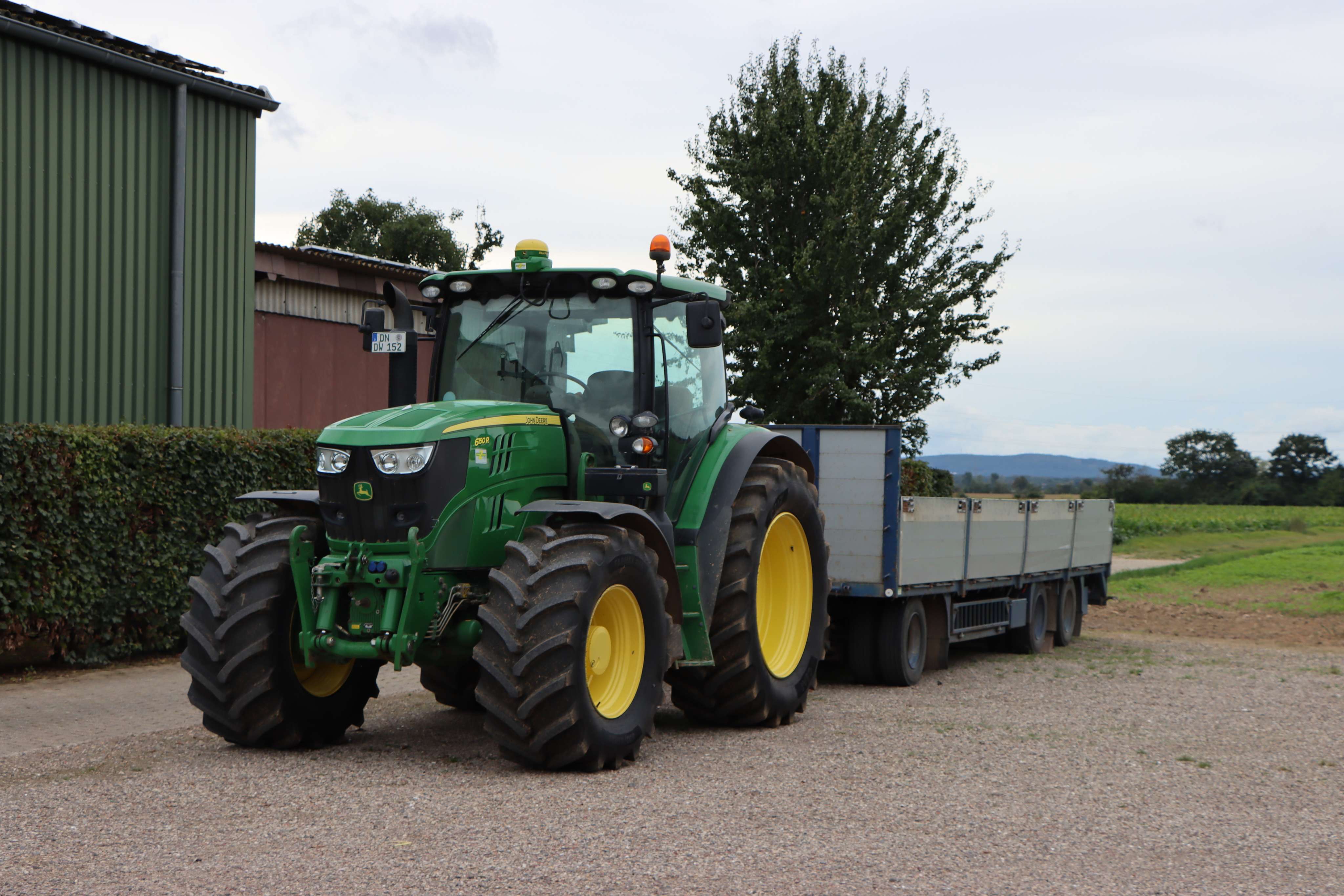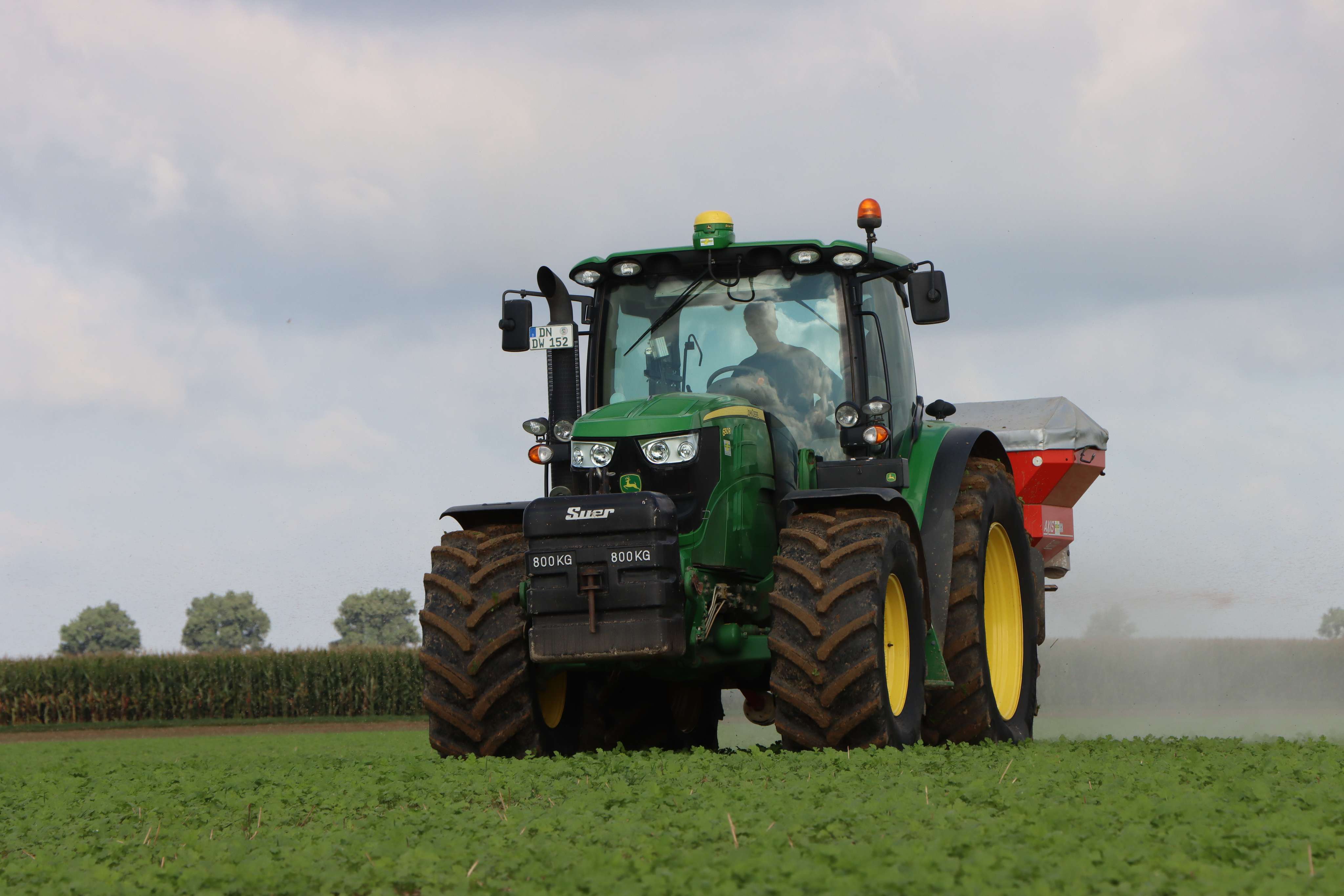ceat-speciality:blogs-tags/all,ceat-speciality:blogs-tags/tyre-care
What if I want to change the size of my tractor tyres?
Thu, 21 Apr 2022 | PRODUCTS
Tractor tyres with a greater diameter and/or a wider section width can provide your tractor with an increased ground contact area, thereby increasing traction, reducing ground pressure, and boosting productivity. But if you want to change the size of your tractor tyres , what factors should you consider before you start searching the internet for ‘tractor tyres for sale’ or tractor tyres near me’, or studying tractor tyres price lists?
Tractors on arable farms used mainly for primary and/or secondary cultivations, or those used largely on grassland or for tasks such as spreading manure, can benefit significantly from the fitment of tractor tyres that offer a longer and/or wider footprint. More contact area means lower ground pressure, which in turns spread weight and therefore minimises compaction, so that grass and crop growth is less affected by the compressed soils that will otherwise impede rooting and water ingress.
If you are considering changing the size of your tractor’s tyres, first consider the diameter of the wheel rims with which it is fitted. While tractor tyre dimensions are generally given in millimetres, international marketing dictates that wheel rims are still measured in inches, denoted by the R number which is the last in the series of figures that denote a tractor tyre’s size. The most common wheel rim sizes found on tractors of an average size – say from 50-250hp – are 34in, 38in, 42in and 46in, with the latter two found only on the largest models. Within reason, you should be able to change your tractor’s tyres to any other size provided the rim diameter is the same. If you would like to change your tractor’s tyres for ones of a larger rim diameter, in order to benefit from a longer footprint and the greater grip and lower ground pressure this brings, you must change the wheels to ones of a greater diameter, first measuring to ensure that the larger diameter tractor tyres will fit under the tractor’s mudguards. You should also check with you tractor’s dealer/manufacturer that larger tractor tyres will not unduly affect the tractor’s transmission and its gearing and speed ratings. Take advice also on how changing the diameter of front or rear wheels/tyres alone will affect the tractor’s gearing and speed – you may have to change the sizes of the wheels and tractor tyres on both axles of your tractor.
Even if you are staying with the same diameter of tractor tyre wheel fitment, a deeper profile or aspect ratio may also affect the transmission. Consider a tractor tyre sizing of 650/65R38, commonly found on the rear of 80-120hp tractors. The second number describes, as a percentage of the section width (the first number), the tractor tire’s profile – the height of the sidewall of the tractor tyre from the bead to the point where the tread begins. To ensure any new tractor tyres of a different size will fit beneath the tractor’s mudguards, make sure the tyre’s profile percentage is compatible with the wheel rim diameter and the space beneath the tractor’s mudguards.
Lastly, if you are considering fitting tractor tyres of a wider section width to spread weight and reduce compaction potential, you should ensure they are compatible with the rim width of your tractor’s wheels. Your tractor tyre dealer should be able to advise you on this.If larger – or smaller – tractor tyres is something you are thinking about, consider these factors before you start searching the internet for ‘tractor tyres for sale’ or tractor tyres near me’, or studying tractor tyres price lists.

